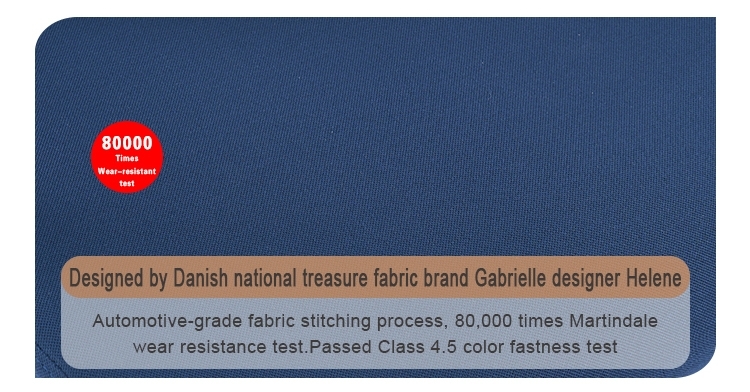Choosing the Perfect Office Chairs for Your Meeting Room to Enhance Comfort and Productivity
The Importance of Choosing the Right Office Chairs for Meeting Rooms
In today’s fast-paced business environment, meeting rooms have become essential spaces for collaboration, brainstorming, and strategy development. Whether it’s a brief team huddle or a lengthy board meeting, the comfort and style of meeting room furniture, particularly chairs, play a crucial role in the overall productivity and engagement of participants. Choosing the right office chairs for meeting rooms goes beyond aesthetics; it encompasses ergonomics, functionality, and adaptability to meet the diverse needs of various users.
Ergonomics and Comfort
One of the primary considerations for selecting office chairs for meeting rooms is ergonomics. Ergonomically designed chairs offer the right support for the back, neck, and legs, which helps to prevent discomfort during long meetings. Chairs that allow for adjustments in height, backrest angle, and armrest position can accommodate different body types and preferences. This versatility helps ensure that all attendees can focus on the discussion rather than being distracted by discomfort, thereby enhancing productivity and engagement.
Furthermore, comfort is vital in maintaining concentration. Meetings can sometimes stretch for hours, and if participants are seated in uncomfortable chairs, their ability to contribute effectively diminishes. Investing in high-quality, comfortable chairs can lead to more fruitful discussions, as team members are more likely to remain engaged when they are physically comfortable.
Style and Aesthetics
Beyond comfort and ergonomics, the design and style of meeting room chairs contribute significantly to the overall aesthetics of the space. The choice of colors, materials, and design should align with the company’s branding and the atmosphere that it wishes to cultivate. Sleek, modern chairs can promote a sense of professionalism and innovation, while softer, more traditional designs can evoke warmth and approachability.
meeting room office chairs

Moreover, the layout of meeting room furniture, including chairs, influences the interaction dynamics among participants. Circular or oval arrangements foster open communication, while traditional rectangular setups can sometimes inhibit spontaneous dialogue. Therefore, the design and style of the chairs should complement the intended layout and use of the meeting room.
Functionality and Flexibility
The functionality of meeting room chairs is another crucial factor. Many modern office chairs come with features such as wheels for easy mobility, stackability for efficient storage, and materials that are easy to clean and maintain. These features contribute to a flexible meeting environment that can be adapted based on group size and meeting format.
Additionally, technological integration, such as built-in power outlets or USB ports in chairs, reflects the increasing reliance on technology in meetings. Ensuring that participants can easily access power sources enhances their ability to engage and contribute during discussions, making the meeting experience smoother and more productive.
Conclusion
In conclusion, selecting the right office chairs for meeting rooms is an integral aspect of creating a conducive environment for collaboration and productivity. Ergonomics, comfort, aesthetics, and functionality all play significant roles in ensuring that meetings are productive and engaging. As businesses continue to evolve and adapt to new challenges, investing in quality meeting room chairs is not merely a matter of comfort; it is a strategic decision that can influence teamwork, creativity, and overall organizational success. By prioritizing the right seating solutions, companies can foster environments that encourage innovation and collaboration among their teams.
share:
-
Multi Colored Modular SofasNewsJul.07,2025
-
Enhance Seating Experience with Chair AccessoriesNewsJul.07,2025
-
Enhance Four Legged Chairs with WheelsNewsJul.07,2025
-
Elevate Your Workspace with Luxurious Boss ChairsNewsJul.07,2025
-
Discover Comfort of Compression SofaNewsJul.07,2025
-
Training Chairs Aim To Provide A Fully Functional And Flexible Workspace For Various Training, Educational, Or Collaborative ActivitiesNewsJun.06,2025
-
The Big Boss Office Chair Aims To Provide Comfort And Support For Individuals In Management Or Leadership PositionsNewsJun.06,2025









